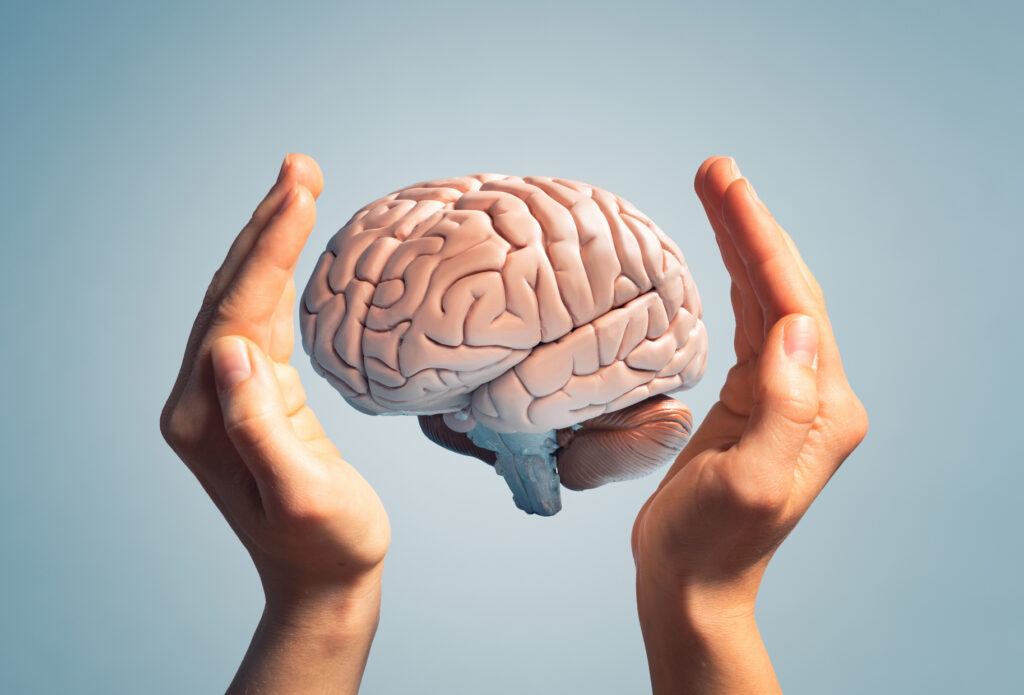For over a hundred years, scientists have believed that the connections between the 86 billion neurons in the human brain — think of an electric spark traveling along a spiderweb — form the basis for our thoughts, feelings, and experiences. Up until now, little importance has been placed on the actual shape of the brain, but a landmark study has potentially upended the current paradigm.
Publishing their work in the journal Nature, scientists in Australia examined the geometry of the brain in relation to its activity. They found that the brain’s shape heavily influences how it works, meaning its function may be more directly affected by its structure than the neural activity going on inside of it.
Lead author James Pang, from the Turner Institute and Monash University’s School of Psychological Sciences, believes the findings could help doctors potentially diagnose and treat neurological disorders easier.
“These findings raise the possibility of predicting the function of the brain directly from its shape, opening new avenues for exploring how the brain contributes to individual differences in behavior and risk for psychiatric and neurological diseases,” he shared in a news release from the university.
The researchers evaluated MRI scans from 255 people that were taken as each individual performed a series of different tasks. Additionally, the team gathered 10,000 maps of brain activity to study eigenmodes — natural patterns of vibration that are the result of the brain’s structure.
“We found that eigenmodes defined by brain geometry –– its contours and curvature –– represented the strongest anatomical constraint on brain function, much like the shape of a drum influences the sounds that it can make,” explained Alex Fornito, a professor at Turner Institute.
To take that music analogy one step further, the research team discovered that neural activity is excited throughout almost the entire brain, similarly to how the vibrations across the length of a guitar or violin string, rather than one just segment, give rise to a musical note.
“This result counters conventional wisdom, in which activity during different tasks is often assumed to occur in focal, isolated areas of elevated activity, and tells us that traditional approaches to brain mapping may only show the tip of the iceberg when it comes to understanding how the brain works,” said Pang.
The research team believes that their findings will make it easier to study the brain and how it changes with age, as well as isolate abnormalities within brain activity as well. As Pang alludes, “The work opens opportunities to understand the effects of diseases like dementia and stroke by considering models of brain shape, which are far easier to deal with than models of the brain’s full array of connections.”
However, not everyone supports the science behind the new study. Speaking to NBC, David Van Essen, a neuroscience professor at Washington University in St. Louis, Missouri, expressed some concerns about the team’s methodology and emphasized the need for more research.
“It would be an understatement to say this is a controversial theory, and it really needs to be put through its paces to evaluate critically whether it stands the test of time,” he told the outlet.












